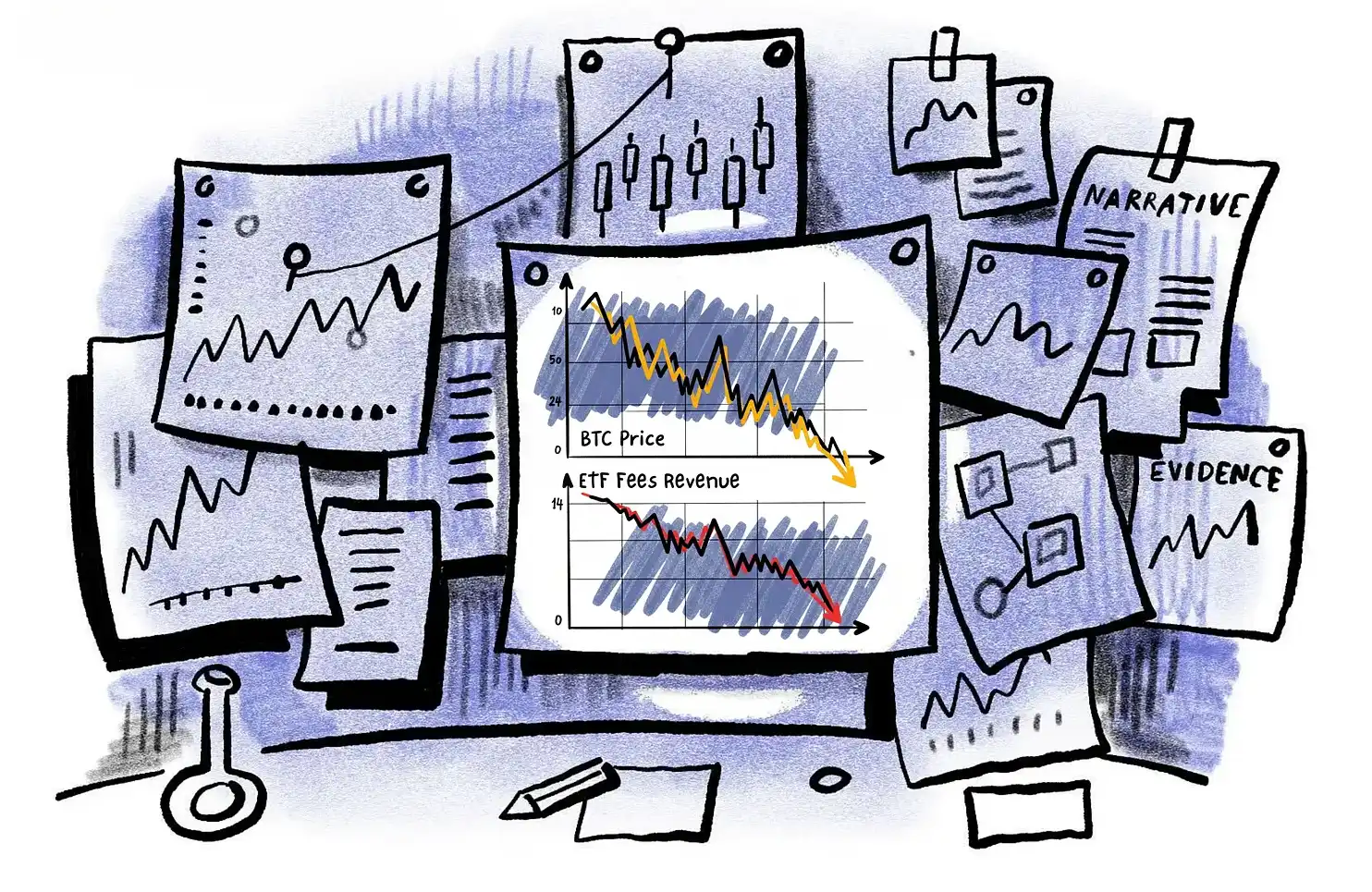Copper: The Strategic Commodity at the Crossroads of Geopolitics and Green Transition
- Global copper markets face a critical inflection point driven by geopolitical supply chain fragility and the accelerating green energy transition, creating a sustained bull case through 2025–2027. - Supply constraints intensify as Chilean mine disruptions, U.S. import tariffs, Peruvian regulatory shifts, and Chinese stockpiling converge with aging infrastructure and ESG-driven policy delays. - Renewable energy demand surges, with EVs, solar (5.5t/MW), and wind (9.56t/MW) projects driving exponential grow
The global copper market is at a pivotal inflection point , shaped by two converging forces: geopolitical supply chain fragility and the accelerating green energy transition. These dynamics are creating a sustained bull case for copper, positioning it as a strategic commodity for investors in 2025–2027.
Geopolitical Tensions: A Supply-Side Perfect Storm
Copper production is increasingly vulnerable to geopolitical and regulatory shocks. In Chile, the world's largest producer, output has been hampered by operational setbacks at key mines like BHP's Escondida and Codelco's El Teniente, compounded by aging infrastructure and water scarcity. The U.S. government's abrupt 50% tariff on copper imports, announced without prior consultation with Chile, has further destabilized supply chains. Similarly, Peru's regulatory shifts and community resistance to mining projects have disrupted production, while China's strategic stockpiling and export restrictions have tightened global supply.
These challenges are not isolated. They reflect a broader trend of resource nationalism and policy-driven volatility. Governments are prioritizing domestic control over critical minerals, imposing higher royalties, and delaying permits to align with environmental and social governance (ESG) mandates. For example, Chile's new water and emissions regulations add operational costs and delays, while Peru's political instability has led to intermittent production halts. Such factors create a fragile supply base, where minor disruptions can trigger significant price spikes.
Green Energy Transition: A Structural Demand Surge
While supply constraints are acute, demand for copper is surging due to the global shift toward decarbonization. Copper is the lifeblood of renewable energy infrastructure, with each electric vehicle (EV) requiring 53 kg of copper—2.4 times more than a conventional car. By 2025, EV-related demand alone is projected to reach 2.5 million tonnes, driven by China's dominance in EV production and India's rapid adoption.
Solar and wind energy projects are equally voracious consumers of copper. A 1 MW solar installation requires 5.5 tonnes of copper, while offshore wind farms demand 9.56 tonnes per MW. With global solar capacity expected to expand by 137 GW in North America alone between 2025–2027, and wind energy installations projected to add 48,721 MW globally, copper demand from renewables will grow exponentially.
Grid modernization further amplifies this trend. As electricity demand rises by 86% by 2050, underground cabling—which uses twice as much copper as overhead lines—will become the norm in urban areas. This shift, coupled with the need to integrate intermittent renewable sources, will require an additional 427 million tonnes of copper by 2050.
The Supply-Demand Imbalance: A Defining Challenge
The interplay of constrained supply and surging demand is creating a widening gap. By 2031, annual copper consumption is projected to rise to 36.6 million tonnes, while supply is expected to lag at 30.1 million tonnes, leaving a 6.5 million tonne deficit. This imbalance is already evident in 2025, with prices fluctuating between $9,500–$11,000 per tonne.
The situation is exacerbated by the slow pace of new mine development. Copper exploration and production require 10–15 years to reach commercial viability, and geopolitical risks, environmental regulations, and capital constraints are delaying projects. Meanwhile, recycling and circular economy initiatives, while promising, cannot offset the scale of demand growth in the near term.
Strategic Investment Implications
For investors, copper represents a compelling long-term opportunity. The convergence of geopolitical risks and green energy demand creates a durable bull case, supported by structural trends rather than cyclical factors. Key areas to consider include:
- Copper Producers with Resilient Supply Chains: Firms with diversified operations in politically stable regions or those leveraging advanced technologies (e.g., AI-driven mining, satellite monitoring) to mitigate risks.
- Green Energy Infrastructure Providers: Companies supplying copper for EVs, solar panels, and grid modernization, particularly those with strong ESG credentials.
- Copper ETFs and Derivatives: For exposure to price movements without direct equity risk, copper-focused ETFs (e.g., COPX) or futures contracts offer liquidity and leverage.
Conclusion: A Commodity of the Future
Copper is no longer just a metal—it is a cornerstone of the 21st-century economy. As geopolitical tensions and green energy ambitions collide, copper's strategic importance will only grow. Investors who recognize this convergence early will be well-positioned to capitalize on a market defined by scarcity, innovation, and resilience.
In this new era, copper is not merely a commodity play; it is a bet on the future of energy, infrastructure, and global stability. The time to act is now.
Disclaimer: The content of this article solely reflects the author's opinion and does not represent the platform in any capacity. This article is not intended to serve as a reference for making investment decisions.
You may also like
Mars Morning News | Ethereum Fusaka upgrade officially activated; ETH surpasses $3,200
The Ethereum Fusaka upgrade has been activated, enhancing L2 transaction capabilities and reducing fees; BlackRock predicts accelerated institutional adoption of cryptocurrencies; cryptocurrency ETF inflows have reached a 7-week high; Trump nominates crypto-friendly regulatory officials; Malaysia cracks down on illegal Bitcoin mining. Summary generated by Mars AI. The accuracy and completeness of this summary are still undergoing iterative updates.

Do you think stop-losses can save you? Taleb exposes the biggest misconception: all risks are packed into a single blow-up point.
Nassim Nicholas Taleb's latest paper, "Trading With a Stop," challenges traditional views on stop-loss orders, arguing that stop-losses do not reduce risk but instead compress and concentrate risk into fragile breaking points, altering market behavior patterns. Summary generated by Mars AI. The accuracy and completeness of this summary are still being iteratively improved by the Mars AI model.

With capital outflows from crypto ETFs, can issuers like BlackRock still make good profits?
BlackRock's crypto ETF fee revenue has dropped by 38%, and its ETF business is struggling to escape the cyclical curse of the market.

Incubator MEETLabs today launched the large-scale 3D fishing blockchain game "DeFishing". As the first blockchain game on the GamingFi platform, it implements a dual-token P2E system with the IDOL token and the platform token GFT.
MEETLabs is an innovative lab focused on blockchain technology and the cryptocurrency sector, and also serves as the incubator for MEET48.
